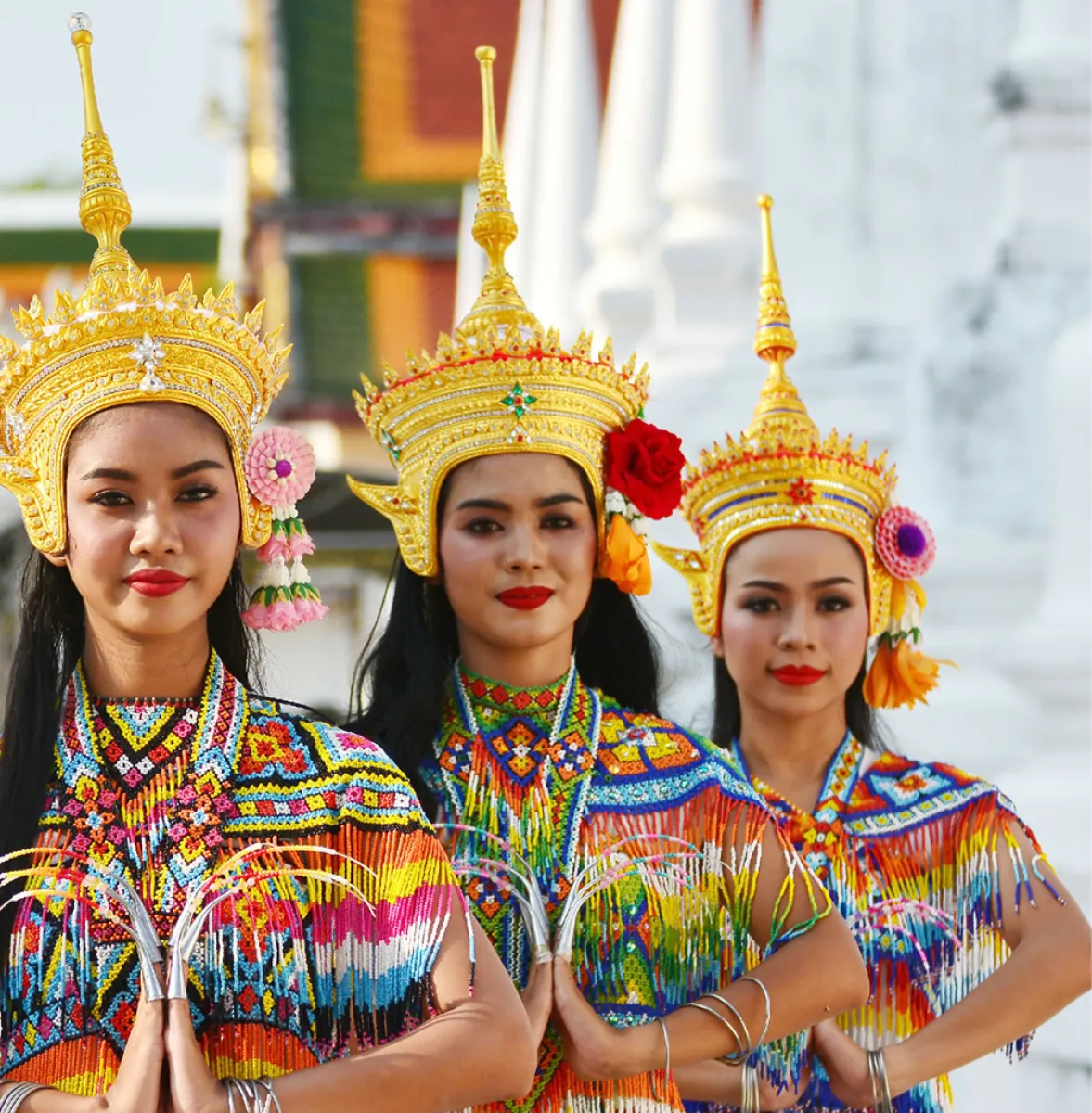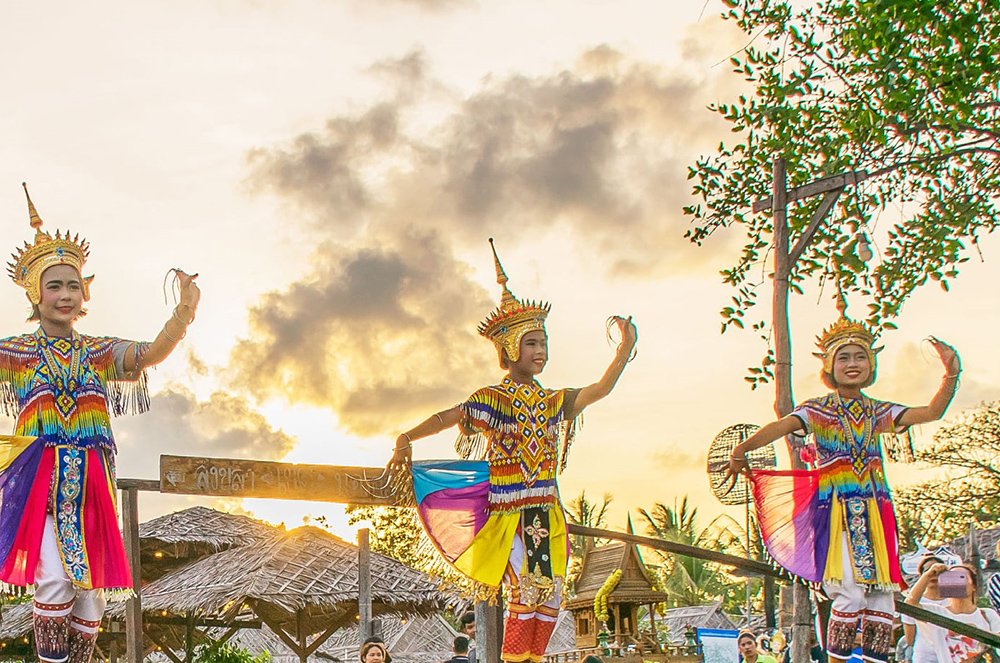
According to the United Nations Educational, Scientific, and Cultural Organization (UNESCO), “intangible cultural heritage” refers to practices, representations, expressions, knowledge, and skills, as well as the tools, objects, artifacts, and cultural spaces that result from them and are accepted, born of pride, and passed down from generation to generation.
The GSTC criteria were developed by the Global Sustainable Tourism Council to provide a comprehensive approach to cultural sustainability for intangible cultural heritage in order to achieve the goal of sustainable tourism. Tourist attractions must follow guidelines to support, honor, and protect the intangible cultural heritage of local traditions, arts, music, language, cuisine, identity, and other local characteristics. The presentation, display, reproduction, and interpretation of surviving cultures and traditions must be sensitive and respectful, involving and benefiting local people while providing authentic experiences to tourists, with the following success metrics:

Source : Global Sustainable Tourism Council
Information as of 28 February 2023